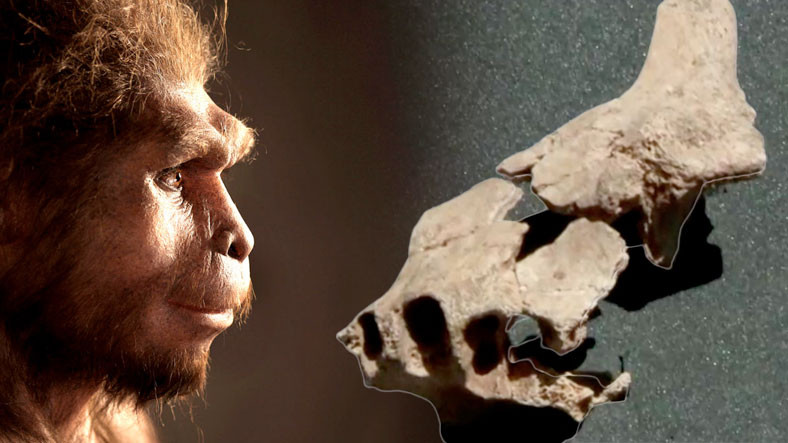Meta developed the Sphere artificial intelligence algorithm that automatically checks Wikipedia footnotes. It can also suggest alternatives if a passage is found to be incorrect.
Sphere uses a natural language comprehension (NLU) transformation model that attempts to understand the different associations of words and phrases in a sentence.
The Sphere database consists of 134 million web pages. The natural language understanding algorithm parses footnotes in encyclopedia articles and looks for a single source to validate each statement.
The company says Sphere can analyze “tens of thousands” of quotes at once. Meta noted that the electronic encyclopedia was filled with 17,000 articles at one time and contained many footnotes that were difficult to control by hand.
To illustrate the possibilities of artificial intelligence, Meta cited an example of an incomplete citation found by a model on a Wikipedia page about the Blackfoot Indian people. In the “Celebrities” section (English version of the article), Joe Hipp is mentioned as the nation’s first representative to fight for the WBA world heavyweight title.
However, the linked website could not confirm this fact. While searching the Sphere database, the model found a more relevant quote in a 2015 article in the Great Falls Tribune. The algorithm recorded the following snippet:
“In 1989, at the end of my career, [Марвин] Camel fought Blackfoot Nation’s Joe Hipp. The first Native American to challenge a world heavyweight champion, Hipp said the fight was one of the weirdest of his career.”
The found passage does not directly mention boxing. The developers stressed that Sphere found a suitable connection thanks to its natural language capabilities.
The company believes that in the future, the tool will help combat disinformation on Facebook.
“More generally, we hope that our work can be used to verify facts and improve the general validity of information on the Internet,” said the creators of the model.
In addition, Meta plans to create a platform that Wikipedia editors can use to systematically review and correct footnotes.
The source code for the model is available on GitHub.
Recall that in July Meta introduced an AI translator that supports 200 languages.
In April, the tech giant talked about the development of the open source OPT-175B language model.












